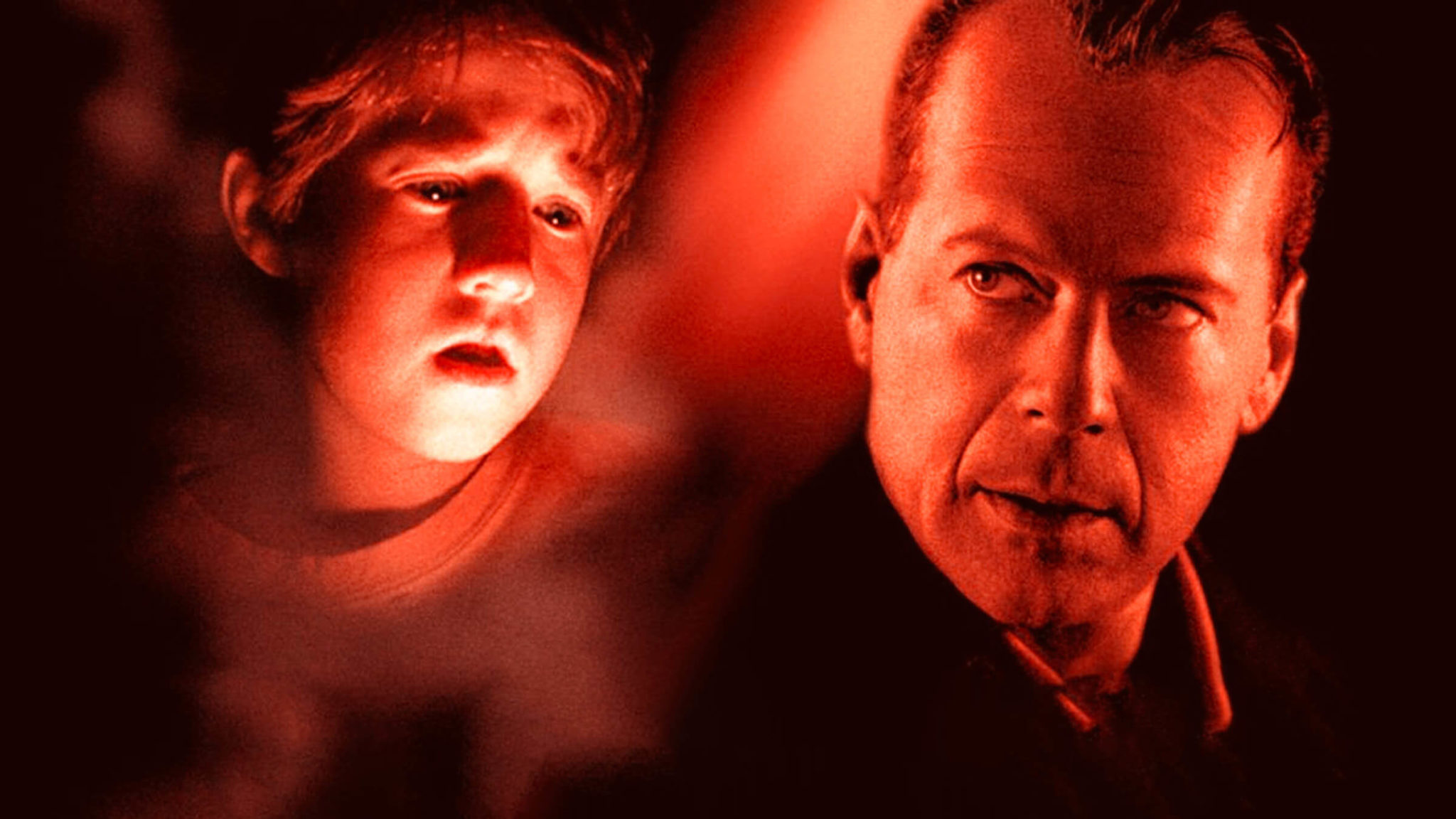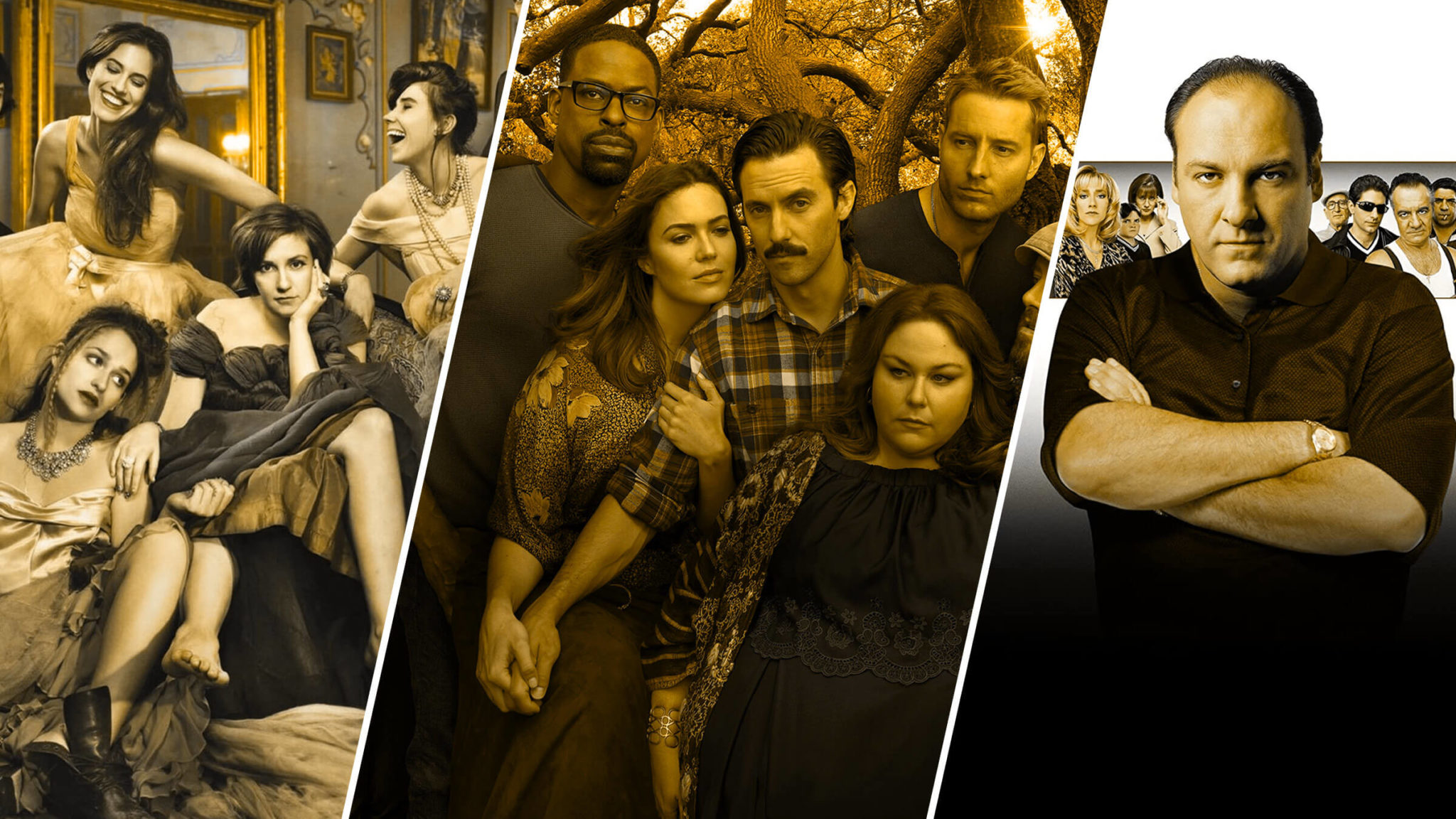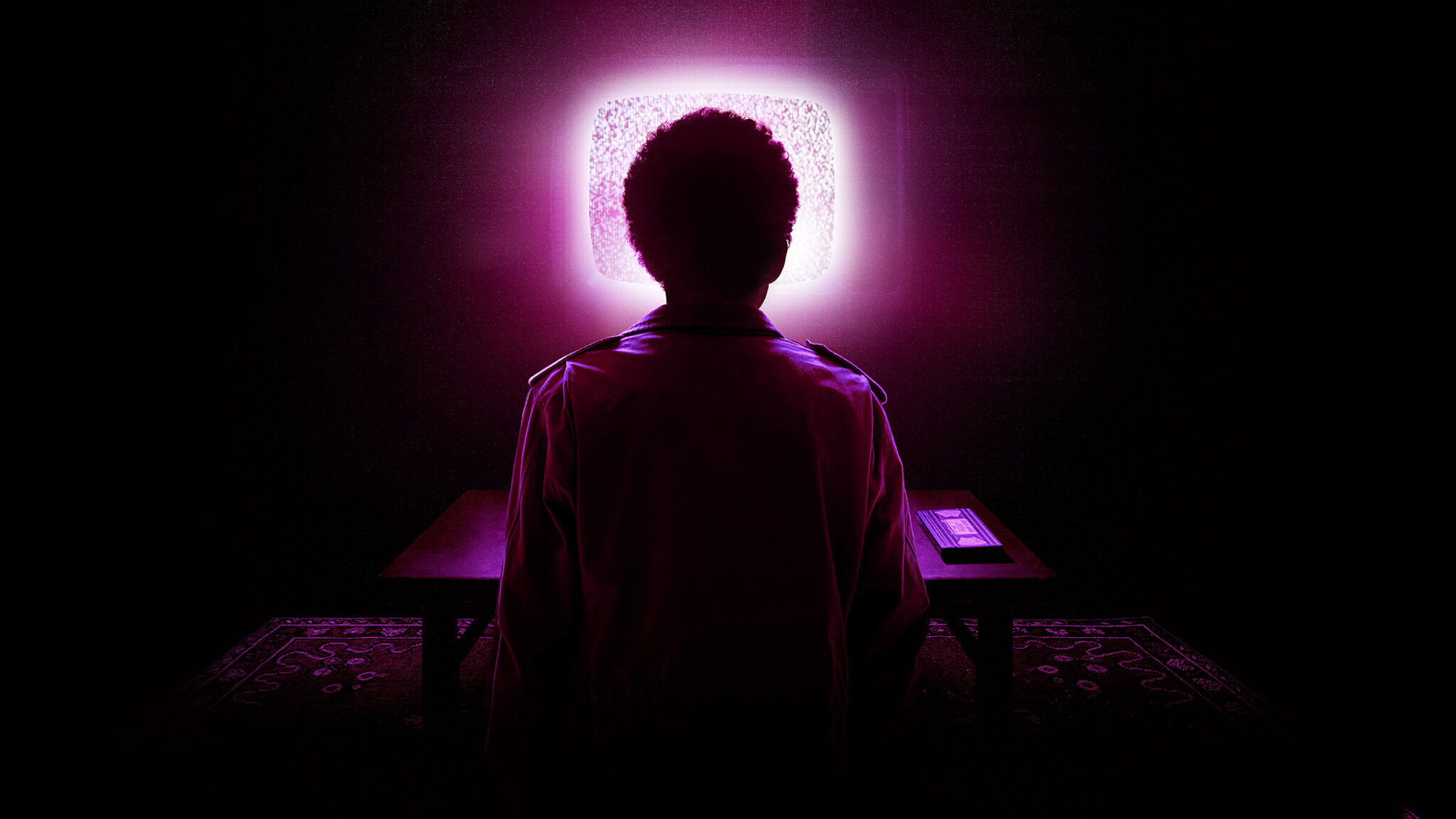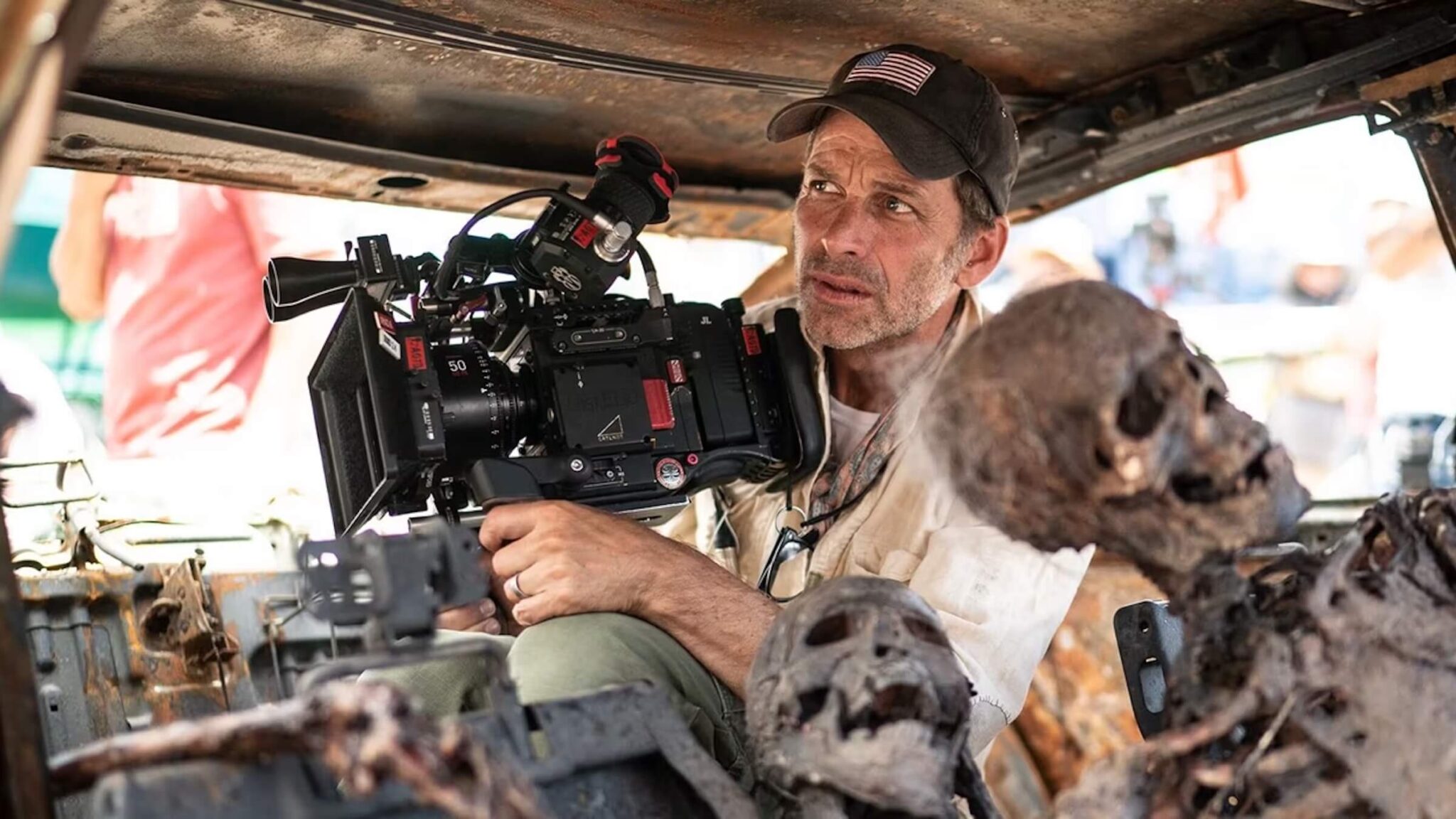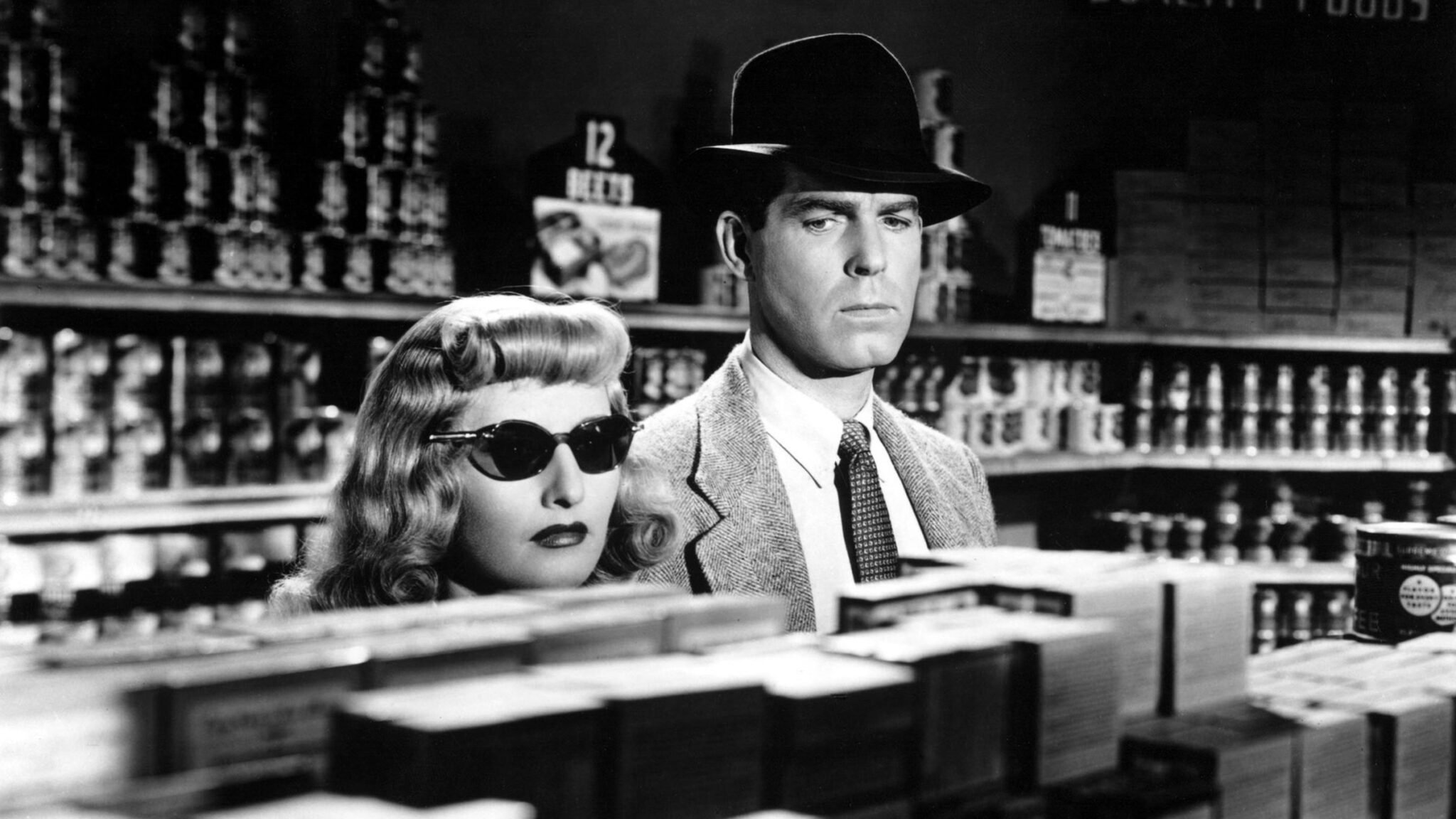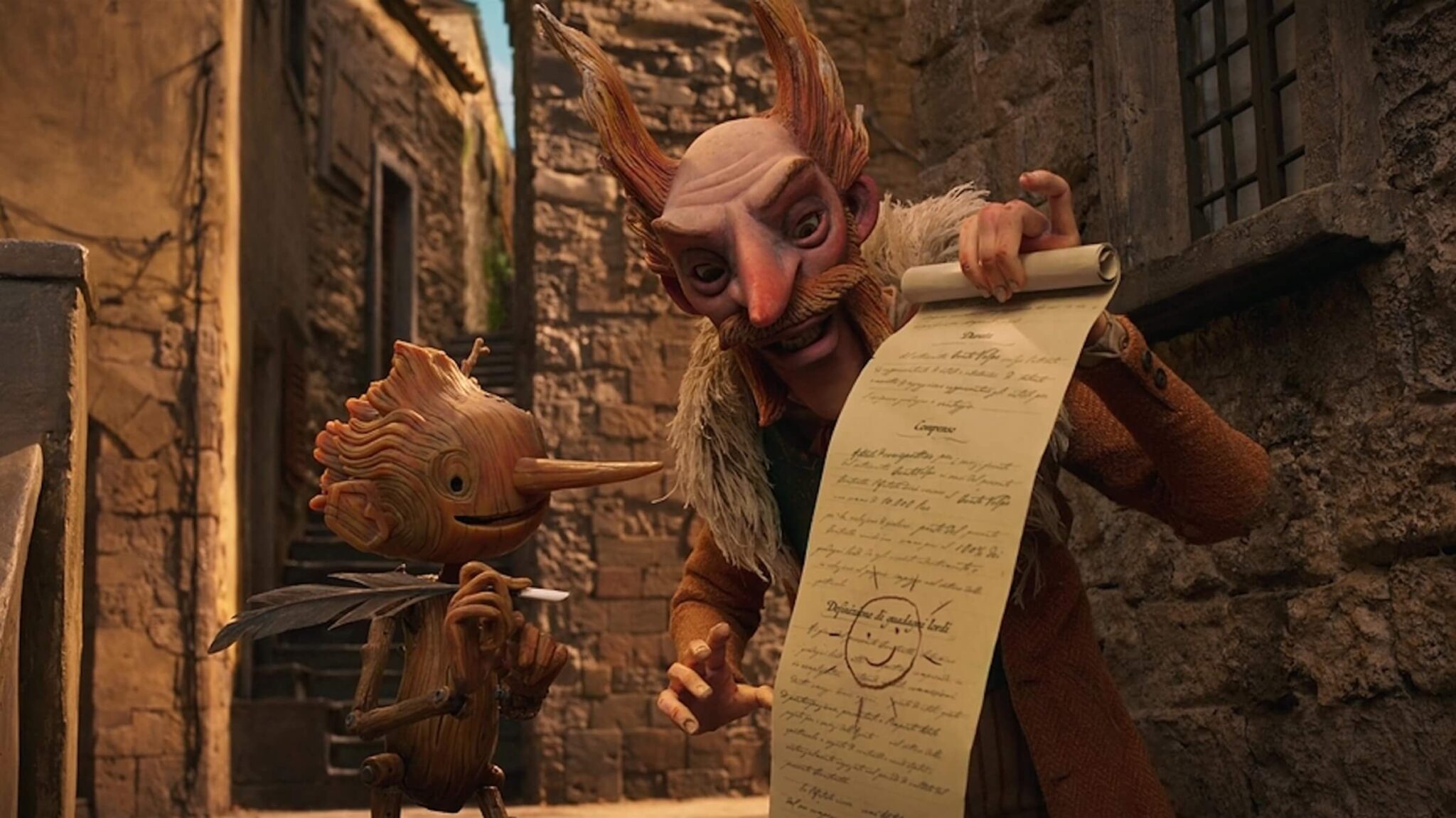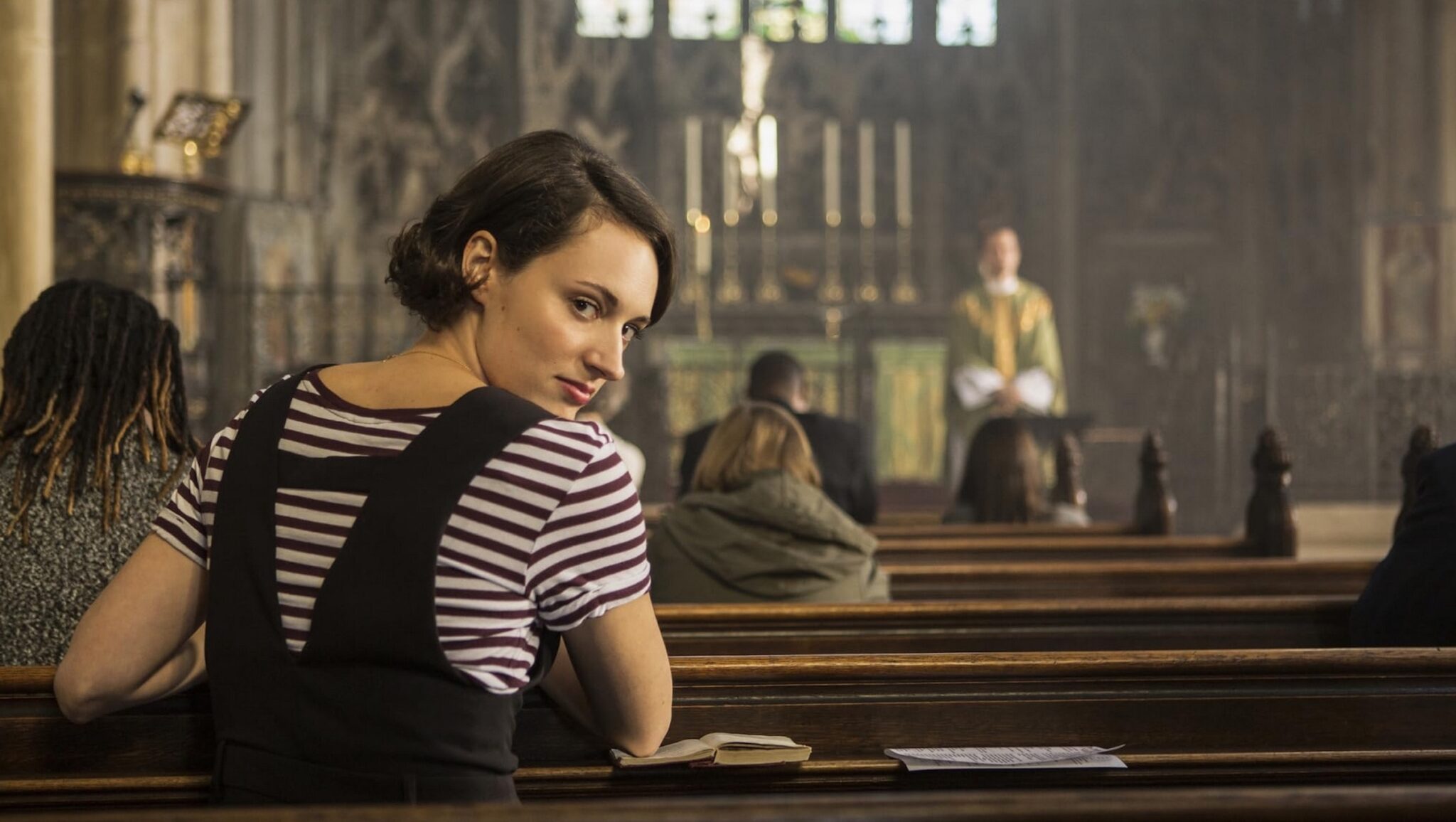How to Craft the Perfect Friend Character Archetype
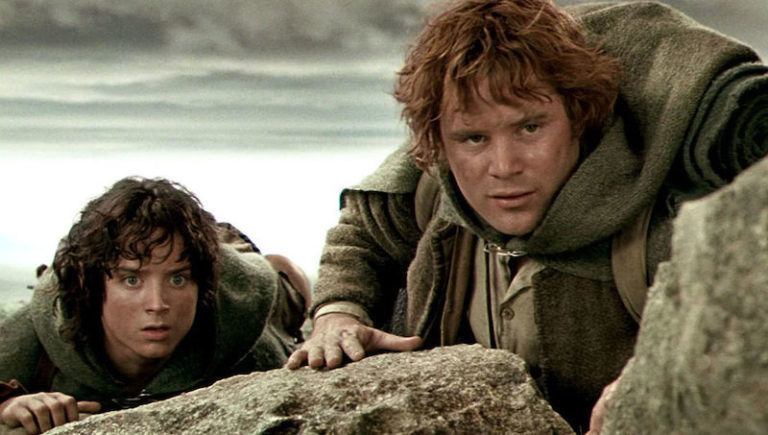
What are the strengths and weaknesses of the supporting friend character archetype, and how can writers use them in their screenplays?
You can find them in most movies and in any genre — the loyal friend. They aren't the protagonist. They certainly aren't the antagonist. But they often steal every scene that they're in and go on to be some of the most beloved characters in cinema.
We're inspired by StudioBinder’s How to Write a Supporting Friend as we pull the best points from their video and offer some of our own elaborations.
Maverick had Goose.

Vivian had Kate in Pretty Woman.
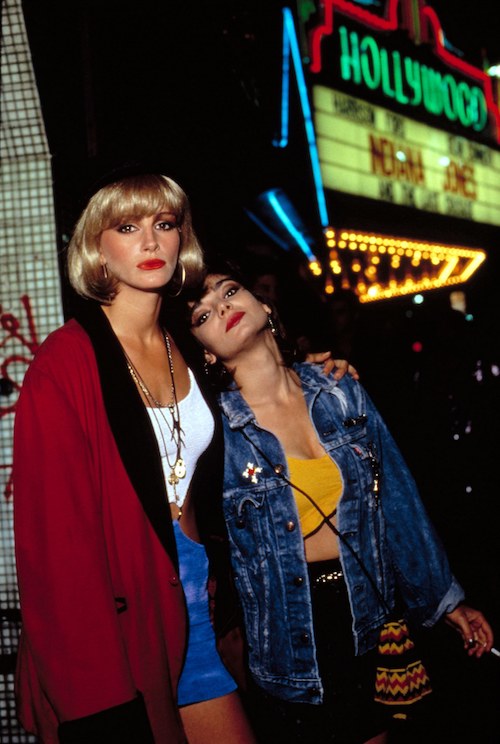
Spongebob had Patrick.

Han Solo had Chewbacca.

Mia had Lilly in Princess Diaries.

Harry Potter had Ron.

Josh had Billy in Big.

Lady Bird had Julie.

Chris had Rod in Get Out.

Annie had Becky in Sleepless in Seattle.

Peter Parker has Ned.

Frodo had Sam.
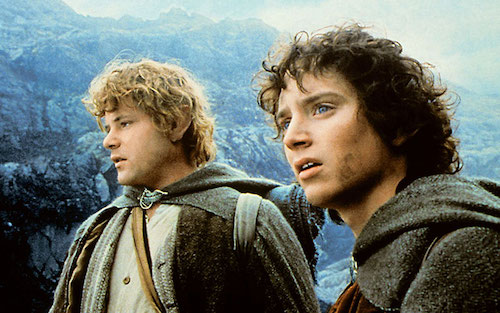
Jon Snow had his Sam as well in Game of Thrones.

These supporting friend archetypes are often referred to as the caregiver. They are there to help the protagonist through the conflicts that they are dealing with, while often offering a moral and ethical base to keep the protagonist honest and on par with their true character.
They are the voice of reason.
There's a purpose for the caregiver in nearly every story. In some genres, they are the comic relief, offering moments of levity in otherwise dire situations. In other genres, they're just as important as the protagonist in the big scheme of cinematic stories.
The protagonist relies on their friendship — sometimes even when they lose sight of that bond if the conflicts or temptations they face in their journey steer them away.
While this character archetype is found in most movies in some way, shape, or form, there are particular ways that they help and hinder both the story and the protagonist.
The video breaks down the strengths and weaknesses of the caregiver.
Strengths
Caregivers are generous, kind-hearted, and perceptive.
They can spot a bad influence a mile away, even when the protagonist seems utterly blind to any negativity. And because this archetype is so trustworthy, protagonists are drawn to them because of their loyalty and approachability. It's the caregiver's natural instinct to help their friend.
Now while these characters exist to offer support to the protagonist and levity for the audience, they're not perfect. They have flaws.
Weaknesses
Because the caregiver is so generous, they are often very vulnerable in situations. Not always, but more often than you'd think.
While Chewbacca never seemed to have a vulnerable moment that put Han Solo in jeopardy, Harry Potter's Ron, Frodo's Sam, and Jon Snow's Sam never seemed to be able to hold their own in a fight — until the possible redemptive moment in the third act.
Ron can't cast a solid spell. Frodo's Sam had the heart, but could never match the heroics of those around him. Jon Snow's Sam had the intellect, but when push came to shove, and a battle was on the verge, Sam usually escaped into the shadows to focus on what he could do in the only way he knew — using his intellect.
Because of this, these types of caregivers lack in confidence. But a strength to that weakness is the fact that this trait is something that offers a compelling character arc for you to play with within your screenplays. An arc for supporting characters creates depth to your script and your story.
Avoid Blurring the Lines Between Protagonist and Caregiver
Remember that the weaknesses the caregivers possess are necessary to differentiate them with the protagonist.
You never want to make the supporting friend more heroic than the protagonist. The protagonist always has to have the edge over the caregiver in that respect.
You also never want the audience to be confused as to who this story belongs to. Yes, you can play with that structurally to offer something more original, but a majority of the time you want to stick to what has proven to work — keeping the lines between the protagonist and caregiver clear.
Learn the best way to structure your screenplay with this free guide: The Best Screenwriting Structures You Can Apply to Your Script
If those lines are blurred, you're likely looking at writing a Buddy Movie, which has two strong protagonists that are friends but share equal parts in the conflict and major story arcs.
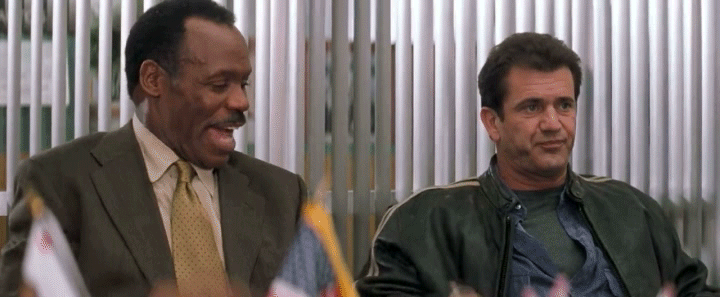
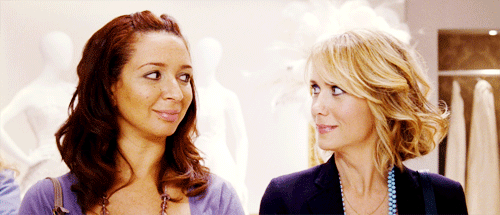
Pairing the Caregiver with Bad Boys/Girls and Seducers
An exciting element of caregivers for your screenplays is that they can be paired with additional characters within your story.
When you have a bad boy/girl in your story, pairing them with your caregiver is an excellent way to create drama by putting these opposing qualities together. Because the caregiver is so positive and approaching, often (but not always) with high morals and ethics, those rebel characters in your story can confide in them, offering even more character and story depth.
When you have a seducer in your story — a character that sometimes literally and sometimes figuratively seduces the protagonist — you have an immediate enhancement of drama and conflict as the caregiver struggles to protect the protagonist.
Sam protected Frodo from Gollum.
Rod tried his best to protect Chris from Rose.
These pairings offer your script more levels of story and characterization.
Read ScreenCraft's 99 Archetypes and Stock Characters Screenwriters Can Mold!
The supporting friend — the caregiver — is a character archetype that can enhance your screenplay and offer the reader and audience an additional character to root for. Why? Because they help keep the protagonist safe. And in the end, the audience wants to see their protagonists thrive and survive.
Watch the whole video below for more elaboration and detail.
Ken Miyamoto has worked in the film industry for nearly two decades, most notably as a studio liaison for Sony Studios and then as a script reader and story analyst for Sony Pictures.
He has many studio meetings under his belt as a produced screenwriter, meeting with the likes of Sony, Dreamworks, Universal, Disney, Warner Brothers, as well as many production and management companies. He has had a previous development deal with Lionsgate, as well as multiple writing assignments, including the produced miniseries Blackout, starring Anne Heche, Sean Patrick Flanery, Billy Zane, James Brolin, Haylie Duff, Brian Bloom, Eric La Salle, and Bruce Boxleitner.
For all the latest ScreenCraft news and updates, follow us on Twitter, Facebook, and Instagram.
Tags
Get Our Screenwriting Newsletter!
Get weekly writing inspiration delivered to your inbox - including industry news, popular articles, and more!







